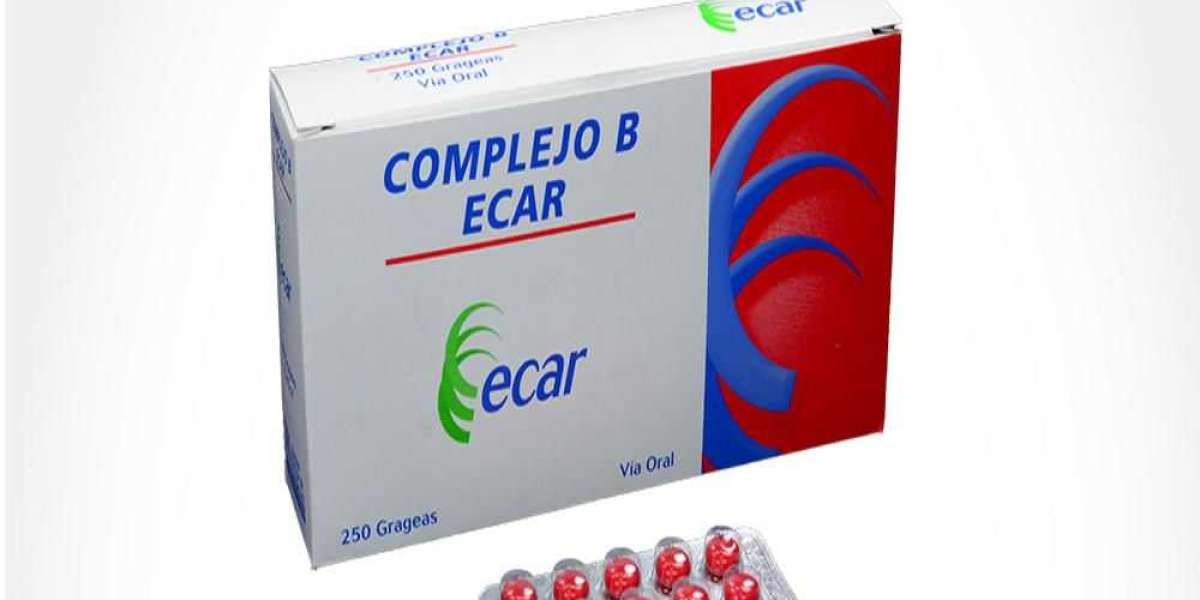In funeral homes and hospitals funeral homes, mortuary cots have to be available. Choosing the right one is a matter of careful evaluation. It should be easy to carry and robust. It must be secure for employees to use.
The Class of Trade (COT) or assignment, has a major impact on the calculations used to determine the manufacturer's Medicaid rebate liability and the calculated pricing for government contracts. COT assignments also play a crucial role in maintaining accurate records of customers.
Cost
COTS software and services are used by a variety of small-scale manufacturers to achieve cost savings. However COTS products also face a range of issues. COTS products often require engineering designs or customized development requirements to work properly. These customizations can increase costs for maintenance and development and expose a company to risk. These issues are especially acute in the DoD where many small manufacturers depend on COTS systems to reduce whole-of-life system costs.
COT assignments are a hot topic because they have a significant impact on the 340B/PHS maximum cost, Medicaid rebates, and inflation penalties. They can also impact the calculation of government pricing, as well as commercial contracting strategies. At present, there aren't defined industry standards for trade assignment classes, and manufacturers rely on the discretion of purchasers to classify their purchases. This can lead inconsistencies or mistakes that could have serious ramifications.
A class of trade (COT) is a class used to determine the most functionally similar pharmaceutical buyers like wholesalers, hospitals, and long-term care facilities. The manufacturer determines the class of trade and uses it to monitor, improve and create sales channels. It also assists in maintaining accurate customer records and ensures that transactions are correctly classified for reimbursement calculations by government agencies.
 The COT report is a weekly publication which summarizes open interest data on all contracts with more than 20 traders, is a useful tool for investors and traders to understand the hedging and speculation practices of market participants. It is a valuable instrument for investors and traders to understand the hedging and speculation actions of market participants. The report gives information on the current pace of a commodity and whether it will continue to trend in the direction it is currently heading.
The COT report is a weekly publication which summarizes open interest data on all contracts with more than 20 traders, is a useful tool for investors and traders to understand the hedging and speculation practices of market participants. It is a valuable instrument for investors and traders to understand the hedging and speculation actions of market participants. The report gives information on the current pace of a commodity and whether it will continue to trend in the direction it is currently heading.The COT report is updated every Tuesday and provides an analysis of each trader's position according to category. The categories include non-commercial, commercial, and index traders. The report also has a second section that provides 13 agricultural commodities. The report is disaggregated for traders that breaks down commercial traders into producers, processors, traders and users as well as swap dealers. Noncommercial participants are divided into reportables and managed money.
Durability
A cot sale is a great option to save money on hospital equipment and supplies. The longevity of a cot is determined by the material it's constructed from and the design. The best cots will last a long time and can endure daily use. They are easy to clean, and they are repairable. The quality of a cot will depend on the way it is used. If it is used incorrectly it will not last as long and might not be safe for children to sleep in. Before purchasing a cot, it is essential to know your own demographic. It is a breach of the Fair Trading Act to sell an uncompliant cot.
The COT report is a valuable source of information for traders, cots4Tots researchers and investors. However, it's not without its critics. The biggest flaw is the lack of transparency. For a document designed to improve transparency, the rules that govern the COT are not clear. For example, a trader with a small hedge and a huge speculative position on oil will both appear as commercial traders in the COT. The COT report that's disaggregated provides some clarity, however it's not enough transparent to aid the market.
 COTs can also affect the health sector by influencing the way healthcare providers purchase pharmaceutical products and service. The classification of a buyer’s COT may affect their access to discounted pharmaceutical products, as well as how contracts are negotiated within the industry. It is therefore crucial for manufacturers to accurately assign their buyers' COTs, and to ensure consistency in the assignment of COTs.
COTs can also affect the health sector by influencing the way healthcare providers purchase pharmaceutical products and service. The classification of a buyer’s COT may affect their access to discounted pharmaceutical products, as well as how contracts are negotiated within the industry. It is therefore crucial for manufacturers to accurately assign their buyers' COTs, and to ensure consistency in the assignment of COTs.The manufacturers should have a set guidelines and procedures for determining the COT classifications of their customers. They should also be guided by a set objective criteria. These criteria must be based on factual data and should eliminate subjectivity. Manufacturers should also design systems to monitor and verify their COT assignments.
If a cot fails to meet the safety standards required the cot should not be sold. In doing so you can safeguard the lives of children and prevent accidental injuries. If you are selling a cot ensure that it has been examined by an independent laboratory before you sell it. If you don't comply with the requirements you could be penalized under the Fair Trading Act.
Design
The style of cot sale is determined by a number of elements. The size, shape, and the materials used in the cot are important aspects. The design of the cot should be able to support the baby's weight without falling down or breaking. It must also endure the rigors of repeated use. A quality cot should be easy to clean and be constructed of sturdy, durable material. It must be attractively colored and simple to assemble.
COT designations have an impact on Medicaid rebate liability and government pricing calculations. They can determine whether transactions are included or excluded in the average manufacturer price (AMP), non-Federal Average Manufacturer Price (NFAMP), and the most effective price calculation methods. COT classifications, however, are usually left to the discretion of the manufacturer. This can lead healthcare systems to have inconsistent policies on contracting and pricing.
A COT tapeout will require planning for prototyping and manufacturing including wafer-sorting assembly, testing, and assembly. The COT customer is accountable to ensure that they have enough capacity for foundry and assembly/test. This can be a challenge in the event that a COT customer's supplier have already made a commitment to begin material based on forecasts and lead time will blow out if they can't start the material on time to meet schedule.
Another issue is managing AQL samples, ensuring the target defect per million (DPM) levels and final test yields are met. AQL testing is costly, but it's necessary for the success of a project. The results are an important factor in determining the quality of the design. The AQL samples can also be useful in determining if the COTS product is ready for production and that it meets specifications of the system.
It is also crucial to plan for the final assembly and ensure that all the necessary components are readily available to purchase. The COT process can be very long starting from negotiations with suppliers to setting the supply chain up and arranging logistics. It also involves implementing the physical design, coordinating with the assembly house, and finding appropriate packaging options. The process can be time consuming and stressful, but it is able to be managed effectively with the help of a good plan and a team of experienced engineers.



